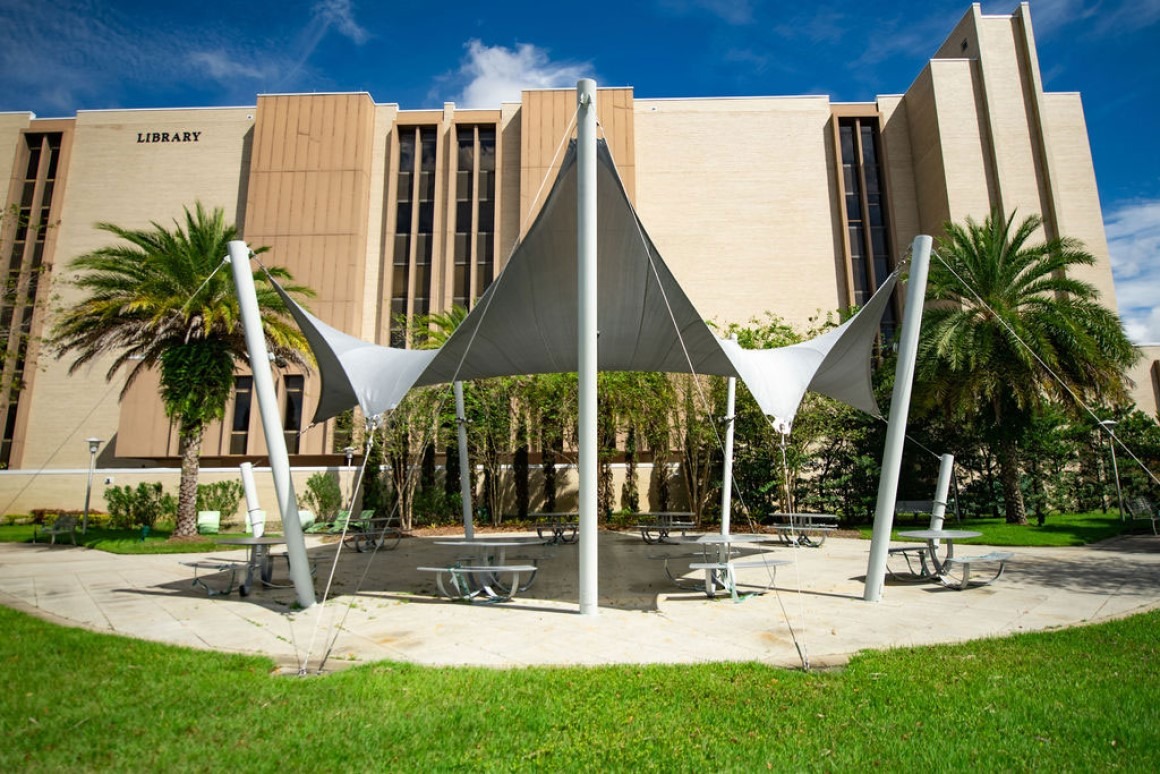
Form Follows Function in Shade Design
“Form follows function” is an architectural principle that asserts the shape of a building or object should primarily be based on its intended function or purpose. It’s generally associated with industrial design in the 19th and 20th centuries, but has its roots with Roman architect, engineer and author Marcus Vitruvius Pollio. In 40 BC, Vitruvius wrote that all structures should have three attributes: strength, utility and beauty.
The relationship between form and function – and the beauty that can result – is not lost on the designers and engineers at Apollo Sunguard. Constructed of top quality materials, every shade structure is built to stand up to long-term weather exposure while doing an exceptional job of blocking UV rays and lowering ambient temperatures. And with 32 different types of structures, 17 fabric colors and 11 frame colors, as well as custom options, every shade structure has the potential to be a visually striking work of art.
An Apollo Sunguard shade structure that sits outside the Library on the campus of the University of South Florida in Tampa, Florida is a perfect example. Designed to shade a seating area, this custom, free-form shade has peaks and valleys that both make an architectural statement and work together to cast more shade for longer periods of time throughout the day – a function that is certainly important in a location where temperatures average above 90 degrees four months of the year and between 80 and 90 degrees another four months of the year.
Were he here to see it, Vitruvius would likely agree that that this shade structure combines strength, utility and beauty in an admirable example of form following function.
As the oldest privately-owned shade manufacturer in the country and the only one owned by a service-disabled veteran, Apollo Sunguard is a proud leader in shade innovation. Our engineers are available to work with you on your next shade project.

What You Get from Us:
- Fully Engineered Structures
- Sealed Engineering Plans
- Engineering & Design Assistance
- Structures Engineered to Withstand 115 MPH Wind Load per current International Building Code (IBC) & Florida Building Code (FBC)
- Frames Engineered to Withstand 180 MPH Wind Load with Covers Off



